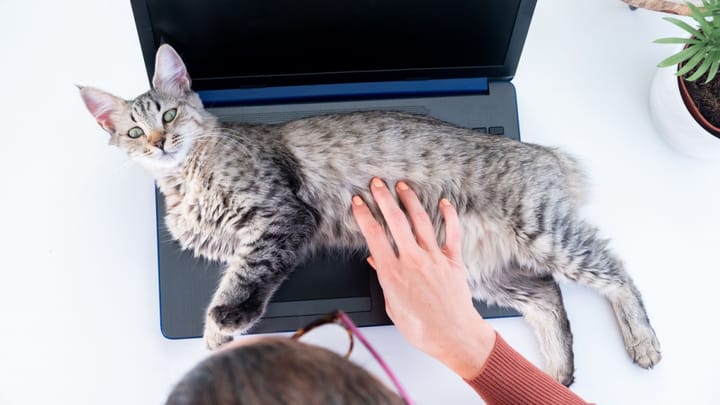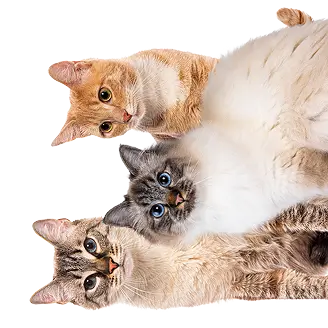Pixie-bob


The origins of the Pixie-bob are set out in a legend, which recounts that male bobcats mated with domestic cats living on nearby farms, and that these pairings brought about the breed we know today. Despite their clear similarity to the bobcat, genetic analyses have detected no markers to link these two types of feline. These cats are wonderfully charming and their physique is extraordinary. Their weighty build, the locks of hair on the tips of their ears, their short tail (which measures 2 inches on average) and their occasional extra fingers make the Pixie-bob a unique and distinguished feline.
|
Life expectancy |
The Pixie-bob has a life expectancy of between 12 and 20 years |
|
Adult size |
Female
Between 10 and 12 in
Male
Between 13 and 15 in
|
|
Adult weight |
Female
Between 7 and 11 lb
Male
Between 11 and 15 lb
|
|
Coat colour
Brown spotted tabby. |
Brown |
|
Type of coat
There are 2 varieties:
|
Short Long |
|
Eye colour
Golden yellow, brown, gooseberry green |
Green
Yellow
Brown
|
|
Purchase price |
The Pixie-bob costs between £180 and £1000 |
When the seasons change, you’ll notice some changes to your Pixie-bob’s coat in terms of texture, length and colour. During the spring months, their fur is shorter with a very visible speckled pattern, whereas in the winter period, their fur becomes more dense, which brings out the natural ticking, giving an impression of a fine layer of frost covering their coat.
Did you know that this breed is the only one for which polydactyl paws are allowed and that the maximum number permitted is 7?
More details about the Pixie-bob
Pixie-bob: Origins and history
In 1986, Carol Ann Brewer rescued a male cat with a very short tail, who came up to about knee height. She called him Keba. Keba then mated with an unsterilised domestic female named Maggie, who gave birth to a litter of kittens. Mrs Brewer kept one of the female kittens which had a speckled pattern on a red-fawn coat, and called her Pixie - this being the origin of the breed’s name. Mrs Brewer started to look for cats who had the same type of look as the Pixie-bob. After her determined efforts, in 1993, a request was made to TICA to recognise these cats as a breed, but it wasn’t until 1998 that champion status was first granted to one of these cats and TICA officially recognised the breed.
Physical characteristics of the Pixie-bob
Pixie-bobs are large, robust cats, with a wild look that can make them seem imposing. But don’t be too quick to judge - their temperament is the opposite, and they actually have a very gentle character.
Pixie-bob: Characteristics
Pixie-bob: Behaviour
Breed compatibility Pixie-bob
Pixie-bob: Purchase price
The average purchase price of a Pixie-bob is between £175 and £1000, with this varying depending on the lineage, breeding, age or even the sex. For your monthly budget, you should allow an average of £35 per month to meet their needs by offering them a high quality diet and ensuring you keep them in good health.
Pixie-bob: Shedding
Light
These cats only lose a very small amount of fur.
Pixie-bob: Grooming
A weekly brush will be enough, for both long- and short-haired varieties.
Pixie-bob: Health
The Pixie-bob has a life expectancy of between 12 and 20 years, with an average of around 14 years.
Thanks to their thick fur, these cats are very resistant to cold temperatures. However, they don’t cope so well with heat.
These cats are no more likely to be overweight than any other cats.
No specific diseases are particularly prevalent among this breed.
The Pixie-bob can, however, eventually develop the same conditions as any other cat, such as oral diseases.
No external pairings are permitted.
According to some sources, it isn’t recommended to breed two polydactyl Pixie-bobs as this could lead to paw deformations. However, there are no scientific studies to corroborate this.





